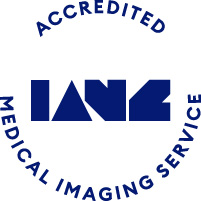What Your Sonographer Does at Your Pregnancy Scan
The time for your pregnancy ultrasound has arrived and we are pleased to join you on your journey providing quality scanning to support the best outcome for you and your baby.
The person who does your scan is a Sonographer and there are several different types of scans they complete throughout your pregnancy. During each scan we try to ensure your comfort although this can sometimes be challenging depending on the position of your baby. We discuss your pregnancy at each of your appointments to ensure you are kept informed and reassured.
Nervousness is often an emotion felt by expectant mothers, it is also felt by our Sonographers as they know from experience that not every scan has a normal outcome. We always hope there are normal findings and that the scan is a positive experience to share with you, however if the outcome is not positive we will do everything we can to provide you with the best possible care.
As you will appreciate, these medical appointments are very important and the quality of the scan is heavily dependent on the Sonographer being able to concentrate on performing them without too much interruption. Whilst our Sonographers do their best to explain what they are seeing on the screen, sometimes they need to remain quiet so they can focus entirely on your assessment.
We appreciate your patience during these times and encourage you to watch the monitor screen so you can observe the scanning of your baby.
Sometimes we are able to see the gender of your baby, however depending on baby's position, it is not always possible.
Once your scan is finished we send all the information to your medical referrer to continue the care of your pregnancy. A keepsake copy of pictures can be requested at your scan and we are happy to provide these.










